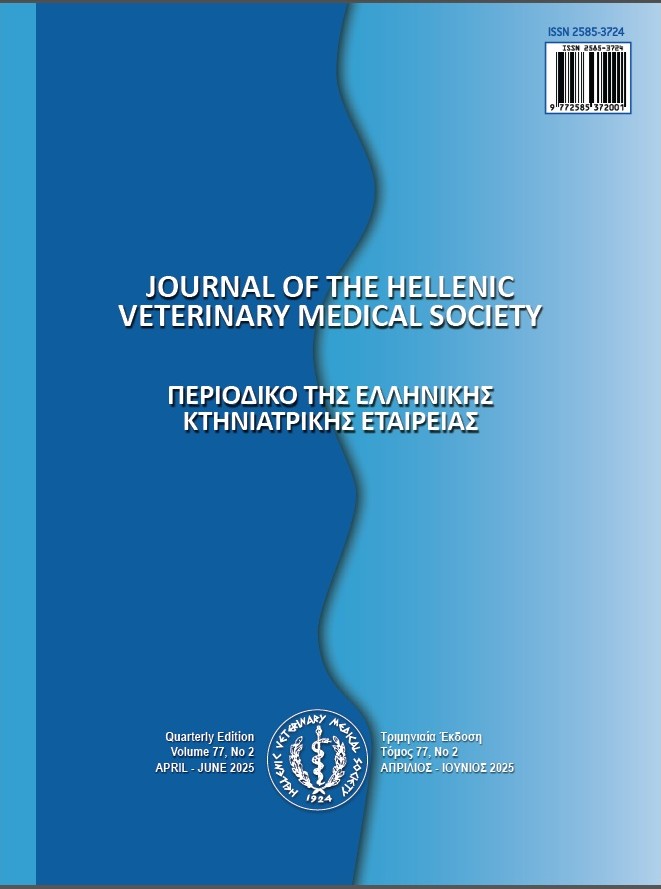Isolation, identification and genetic variation analysis of pseudorabies virus mutant strain from Chinese pig farm

Abstract
ABSTRACT: Pseudorabies (PR) is an important infectious disease affecting pig farms worldwide. In this study, we reported a pseudorabies virus (PRV) isolated from a Bartha-K61-vaccinated pig farm in Linyi, Shandong Province, China. Evidence from virus isolation, electronic microscope observation,laboratory animal infection, and histopathologic examination confirmed that the etiological agent of the disease is PRV SD-2017. Sequence alignment of the gE gene indicated that it belongs to a new mutated PRV strain. The gB sequence alignment showed that compared with the Bartha and Kaplan genotype 1 strains, SD-2017 strain had a deletion of three amino acids at positions 75-78 (SPG) and an insertion of one amino acid at position 94 (G). The gC gene had 7 amino acids (A, A, A, S, T, P and A) inserted at positions 69-75 in comparison with the Bartha-K61 vaccine strain. The median lethal dose (LD50) of PRV SD-2017 strain on rabbits was 3.16×102.0TCID50/ml by Karber method. Histopathologic examinations showed that multiple lesion sites were observed in brains, lungs, livers and kidneys. PRV SD-2017 is different from other reports and should be paid more attention to avoid economic losses.
Keywords: Pseudorabies virus; Sequence alignment; Amino acid mutations;Mutant strain
Article Details
- How to Cite
-
Zhou, B., Wang, X., Xin, C., Lin, J., Dong, S., Wen, Y., Zhang, R., Shan, H., & Zhang, H. (2024). Isolation, identification and genetic variation analysis of pseudorabies virus mutant strain from Chinese pig farm. Journal of the Hellenic Veterinary Medical Society, 75(2), 7247–7258. https://doi.org/10.12681/jhvms.31900 (Original work published July 9, 2024)
- Issue
- Vol. 75 No. 2 (2024)
- Section
- Research Articles

This work is licensed under a Creative Commons Attribution-NonCommercial 4.0 International License.
Authors who publish with this journal agree to the following terms:
· Authors retain copyright and grant the journal right of first publication with the work simultaneously licensed under a Creative Commons Attribution Non-Commercial License that allows others to share the work with an acknowledgement of the work's authorship and initial publication in this journal.
· Authors are able to enter into separate, additional contractual arrangements for the non-exclusive distribution of the journal's published version of the work (e.g. post it to an institutional repository or publish it in a book), with an acknowledgement of its initial publication in this journal.
· Authors are permitted and encouraged to post their work online (preferably in institutional repositories or on their website) prior to and during the submission process, as it can lead to productive exchanges, as well as earlier and greater citation of published work.



